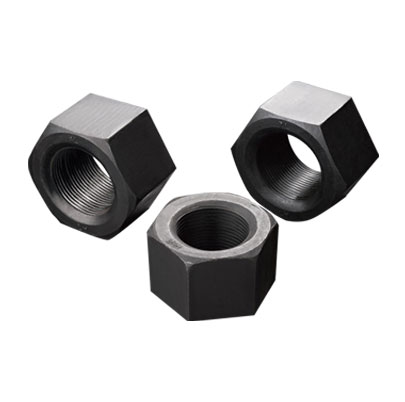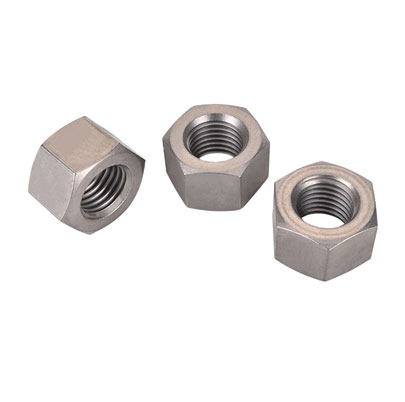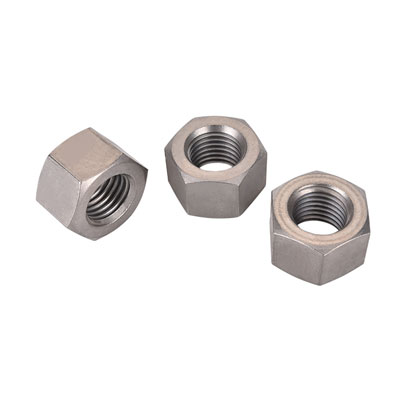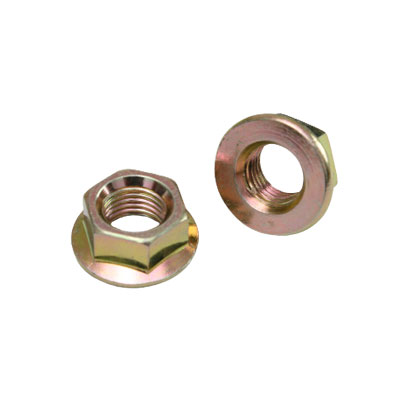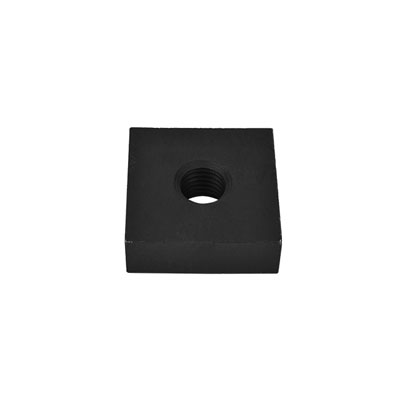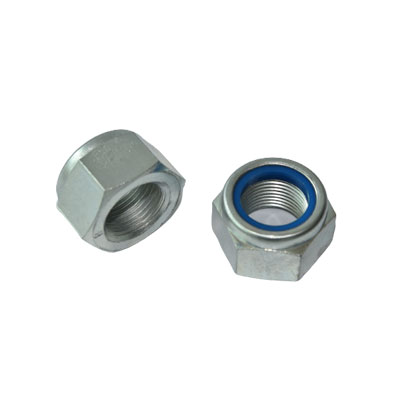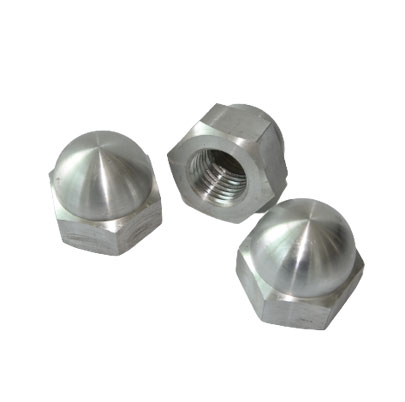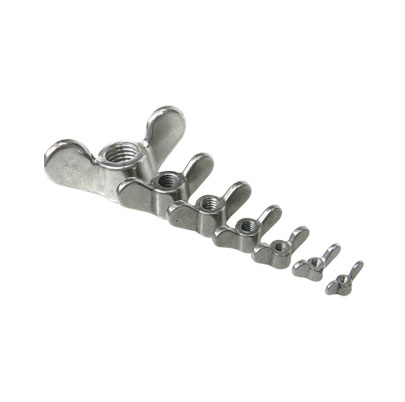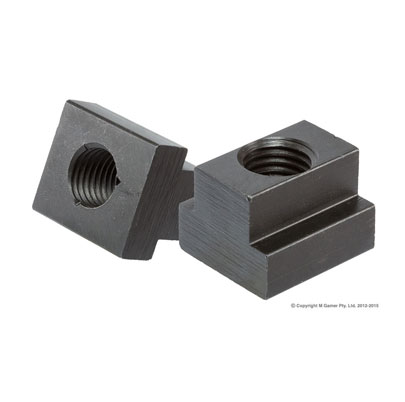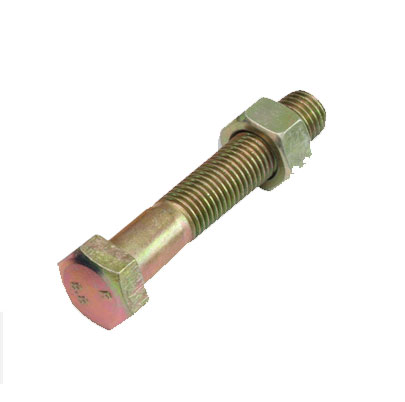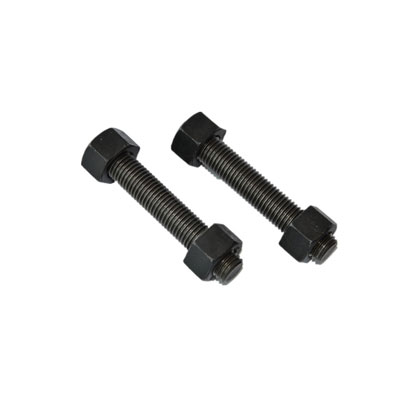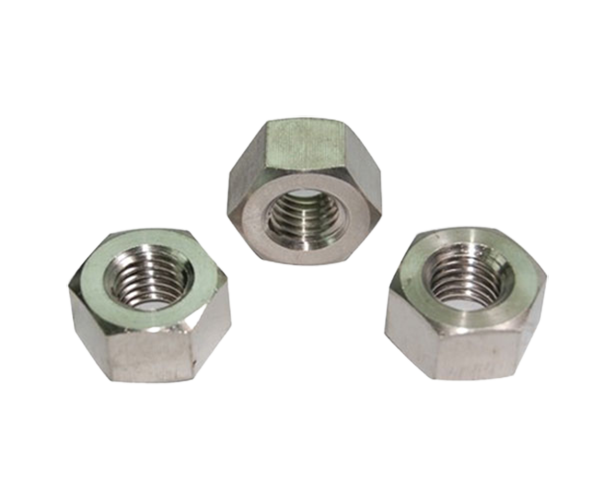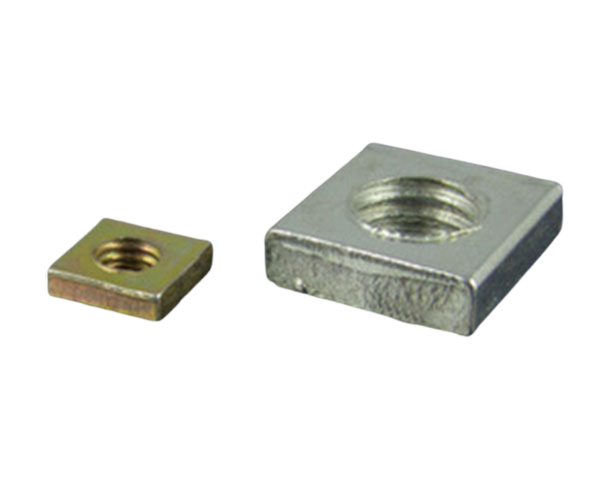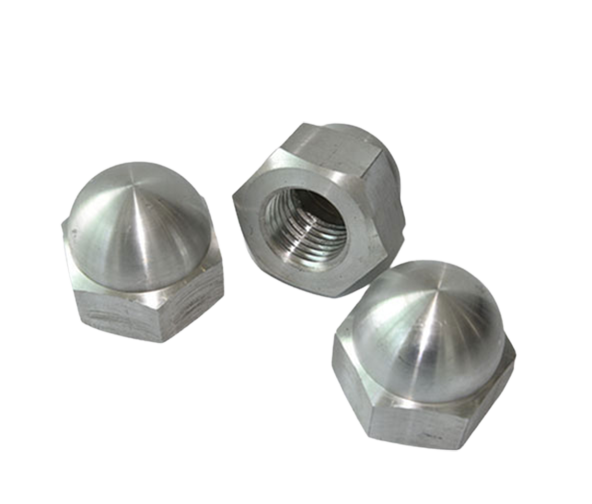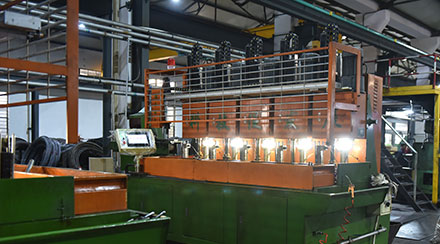In fastening applications, there may be multiple factors that negatively affect the performance, such as bending force, corrosion, hydrogen embrittlement, movement of connection points, prying force, abrupt shock loads, extreme temperatures, and vibration, etc. Effectively controlling these negative effects has always been a challenge. Therefore, hexagon across flats lock nuts were created, which are specially designed to prevent bolt loosening. If we do not use hex locking nuts, the scattering of nuts may occur frequently. Therefore, when using fasteners, ordinary nuts may not work as expected in some cases unless hexagon across flats lock nuts are chosen.
The material of hex locking nuts should experience strain-hardening
When materials are cyclically loaded, "cyclic strain hardening" or "cyclic strain softening" phenomena may occur, which means that the stress amplitude may increase or decrease with the increase of the cycle number under constant amplitude cyclic strain. After several cycles, the stress amplitude enters a cyclically stable state. The low-cycle fatigue of hex locking nuts is carried out with constant strain, and the strain hardening or softening of the thread piece will affect the maximum tightening torque. The alloy steel used to manufacture hex locking nuts belongs to cyclic strain hardening material, and the hardening of the material will increase the elastic recovery force of the thread piece and raise the tightening torque.
The manufacturing and assembly of hex locking nuts
Due to manufacturing constraints and accuracy, there may be sharp angles on the thread edge or inconsistent size fits between parts. During the initial assembly, the tightening and loosening torque may fluctuate and require a certain amount of running-in before obtaining the repeated use characteristics of hex locking nuts.
The low-cycle fatigue of hex locking nuts
Low-cycle fatigue refers to the fatigue stress approaching or exceeding the yield limit of the material, and the material undergoes a certain amount of plastic deformation in each strain cycle. Finite element simulation results show that after the bolt is screwed into the hex locking nut, the stress at the root of the thread piece is relatively large, and the surface area is in a yielding state, while the central area of the root of the thread piece has low strain and a more complicated strain situation. The region with higher strain at the root of the thread piece is prone to low-cycle fatigue under repeated loading, causing the pressure of the thread piece to decrease and the tightening torque to decrease.
The friction coefficient of hex locking nuts
The coefficient of friction is an important factor affecting the tightening torque, and the presence of friction is the basis for the normal operation of hex locking nuts. When hex locking nuts are working, under the action of elastic recovery force of thread piece, the contact surface has pressure and friction force. During the repeated use process, the contact surface is smoothed out by cyclic friction, and the rough positions and angles are smoothed out, and the friction coefficient decreases, resulting in the decrease of the maximum tightening torque of the nut.
The closure value of hex locking nuts
After determining the material and geometric parameters of the nut, the change of the closure value has an important influence on the reuse characteristics of hex locking nuts. On the other hand, when the width of the thread piece decreases, the total area of the thread piece decreases, and the friction force with the bolt decreases, and the strain of the thread piece increases. In addition, the low-cycle fatigue performance is lowered, and the maximum torque is reduced. Under the joint action of multiple factors, it is difficult to predict the change of the maximum torque with the number of repeated uses, and it can only be observed through experiments.
 English
English
